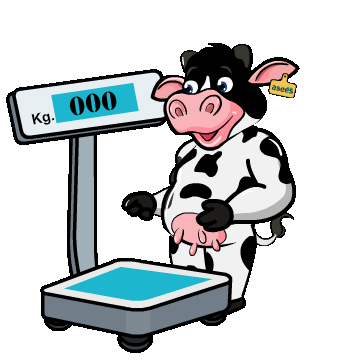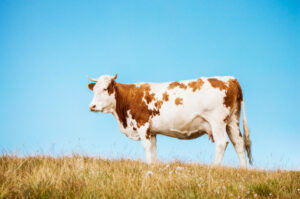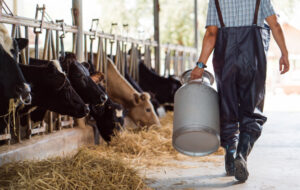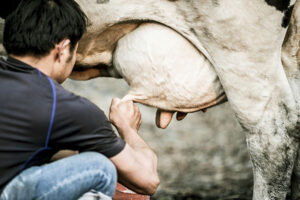This is the page of the great ASEES Parivaar

Keep abreast with the latest news, events, and happenings in the dairy farming world. Find your voice here – we give it a platform for the benefit of all dairy farmers. View videos that will help you do your business better, read articles that will inform and entertain, celebrate the fruits of your efforts, bask in the recognition for your success.
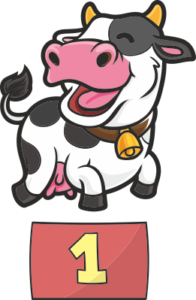
Don’t Miss Out. Your Cow or Buffalo May Be A Champion!
Dairy Farmers have done a great job in improving the genetics of their animals and are very enthusiastic for competing in National dairy fairs. But sometimes, due to lack of knowledge our farmers are not able to participate in these fairs. ASEES have a well-qualified and experienced Technical team and are helping farmers in preparing animals in fairs.
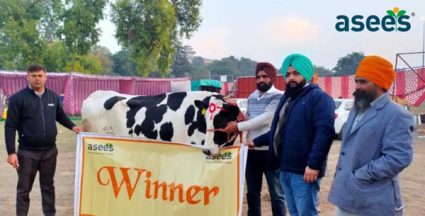
Here are the points to remember while preparing your animals for competition:
- The farmer should have complete Breeding Records of that animal.
- Milking records of the mother.
- Milking records of the animal in previous lactation.
- Breeding of animal according to dates of the fair, in such a way that animal should be calved 30-45 days before competition.
- Preparation of the animal should start from dry and transition period, with proper DCAD balancing to avoid any metabolic disorders.
- Provide healthy and comfortable environment to the animals.
- TMR balancing of the animal with a target in mind after consultation with expert.
Right, you are set. All the very best champions!
AI Guidelines
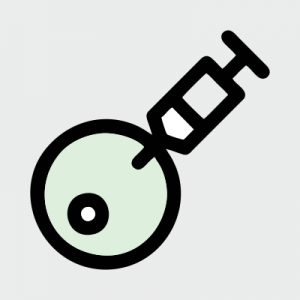
- Proper heat detection: Heat detection is a key stage in breeding in herds where Animal Artificial Insemination (AI) is practised. It is based on two elements that interact: the expression of oestrus by cows and the monitoring of the cows by the farmer. If a cow expresses this behaviour it is considered to be in heat and must be inseminated.
- Time of AI: The conception of animals depends upon the timely AI that is done in standing heat. The best time for artificial insemination occurs in the last part of heat. It is therefore recommended that cows observed to be in heat in the morning are inseminated in the afternoon and cows detected to be in heat in the afternoon be inseminated on the morning of the following day.
- Thawing of semen straw from LN2 cylinder: Firstly, AI-tank must contain sufficient amounts of nitrogen at all times. Do not elevate cylinder in AI-tank above 5cm (2in) of tank opening. Spermatozoal damage occurs rapidly when exposed to temperatures above -130⁰C. The correct temperature interval for thawing is 36-38⁰C (97-100⁰F).
- Loading of gun: Preheat AI-Gun to approximate body temperature by rubbing. Place the straw in the chamber of the insemination gun. Cut the air space area of the straw by keeping the straw in the upright position. Fit the sterile sheath over the straw and the chamber of the inseminating gun. The sheath should be fixed with the button of the inseminating gun.
- Recto-Vaginal method of AI: This recto-vaginal is performed in animals in standing positions. The perineal region of the animal should be washed with running tap water to remove the dung and dirt. The water should be wiped off. The inseminator’s hand is covered with disposable rubber sleeve. The excessive dung inside the rectum is removed. The cervix is grasped with a gloved hand and the external os is located. The vulval lips are widened apart by an attendant and the insemination gun is inserted through the vulva and vagina and into the external os of the cervix. By manipulation of the cervix with the hand in the rectum, the insemination catheter is passed just through the annular rings of the cervix. The semen is deposited through the cervix into the body of the uterus and the remainder in the internal os of the cervix, while the catheter is withdrawn.
Body Condition Score (BCS)
Modern dairy cows have been selected and bred for high milk production. They achieve this by utilizing their body tissues / body-fat depots. At peak milk production, a good dairy cow’s dry matter intake lags behind her energy requirement. The cow fulfills this additional energy requirement by metabolizing her body fat, leading to a loss in the Body Condition Score. If this happens in excess, the cow finds it difficult to conceive. It is, therefore, critical for the feeding program to minimize Body Condition loss. The body Condition influences productivity, reproduction, health, and longevity of dairy cattle. Emaciated (thin) or obese (fat) cattle are usually the animals that have underlying nutritional deficiencies, health problems, and suffer improper herd management.
Asees Feed is a complete blend of protein, energy, minerals & vitamins created such that animals can yield high milk production with optimum BCS, depending upon the different stages of lactation.

Body Condition Scoring Scale
Body Condition scoring in dairy cattle is a visual and tactile evaluation of body fat reserves. It uses a 5-point scale with 0.25-point increments. Body Condition Scores (BCS) are an indirect estimate of energy balance. A score of 1 denotes a very thin cow, while 5 denotes an excessively fat cow, and 3 is an average body condition. The evaluation focuses on the rump and loin; landmarks used in assigning BCS are shown in the following illustrations.
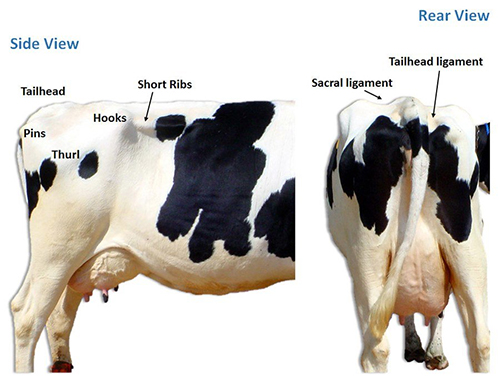
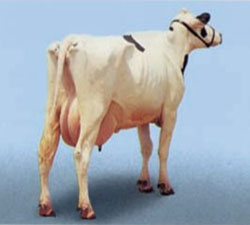
BCS 1
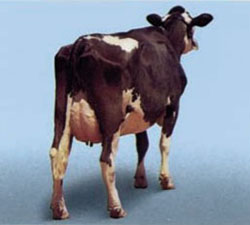
BCS 2
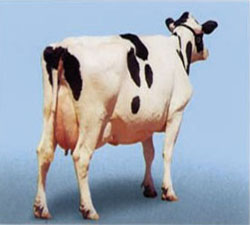
BCS 3
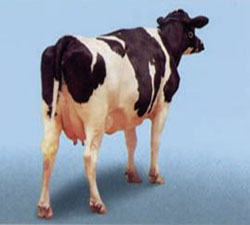
BCS 4
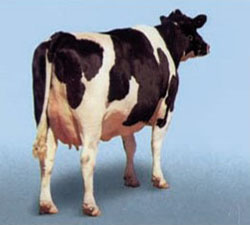
BCS 5
Useful Calculators for Cows & Buffaloes
Know your animal better, understand its needs, and find the right ASEES product and dosage for it. With our easy-to-use calculators, your answers are just a few clicks away!
